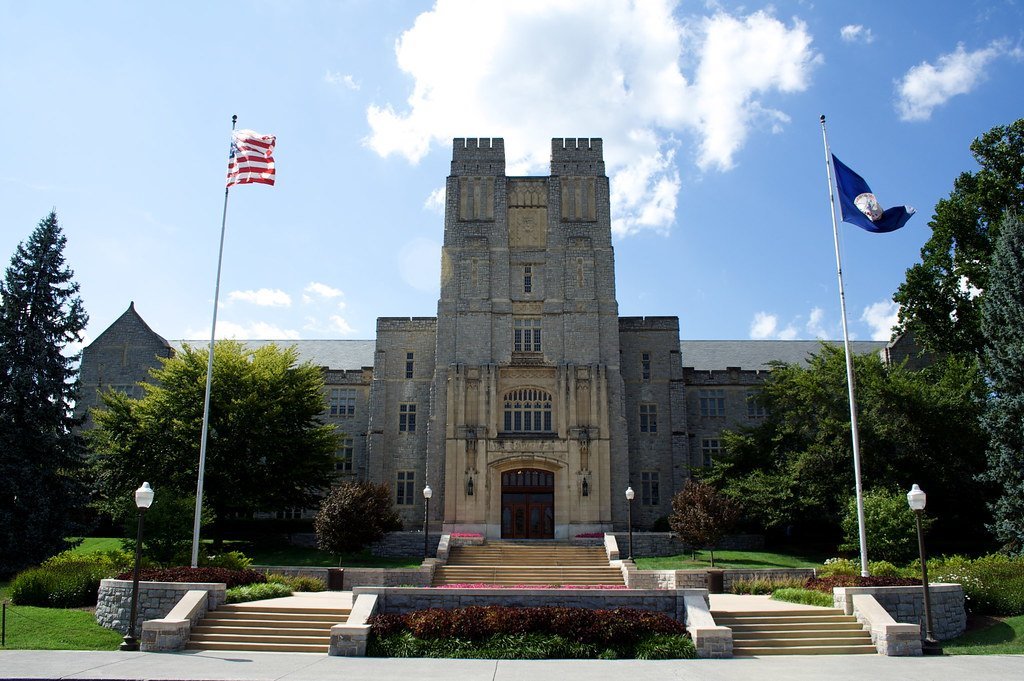Numerical modelling and influence of defects on space charges in epoxy resin under HVDC stresses
Space charge accumulation on High Voltage Direct Current Gas Insulated Substations can produce electrical field reinforcements in the insulation that need to be taken into account in the equipment design. The TSM (Thermal Step Method) is one of the experimental techniques allowing to determine space charge distributions in insulating materials. However localized defects (i.e. microvoids, delaminations etc) cannot usually be detected by this technique. A new numerical approach to study the influence of structural defects on Thermal Step Method currents is proposed. The method is based on a Finite Element numerical simulation allowing to simultaneously solve electrical and thermal equations. The effect of three different defects were studied. It results that ring defects, with diameters smaller than 0.4 mm, produce less than 10% of change on TSM current signals. This confirms the difficulty to detect small defects by this method. It was also observed that delaminations can produce variations in signal as high as 70%, and even generate signals of opposing sign from the case without defect.



